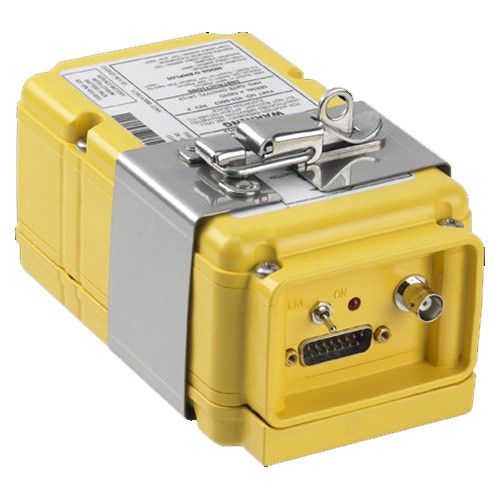
Transport Canada has mandated that all aircraft except gliders, balloons, airships, ultralights and gyroplanes be equipped with 406 MHz ELTs that simultaneously broadcast on 121.5. Aircraft operated for recreational purposes have until Nov. 25, 2025 to equip and all others have until that date in 2021. Transport Minister Marc Garneau said the requirement “will enhance the efficiency of search and rescue operations and improve passenger safety by increasing the likelihood that a distress signal will be received in a timely manner. There has, of course, been much debate about that point.
TC first started signalling it wanted to require 406 ELTs about a decade ago after 121.5 stopped being monitored by search and rescue satellites. The move was fiercely fought by aviation groups. Opposition was centred on the general unreliability of ELTs. They often get damaged in crashes or their antennas becomes obscured keeping the signal from reaching the satellite. Since then there have been several satellite tracking services launched and ADS-B also provides virtually seamless tracking of equipped aircraft. Opponents said allowing operators to use such breadcrumb services instead or equip with ADS-B would be a modern alternative to the installation and maintenance of an ELT.
What those technologies lack, however, is the g sensor that triggers an emergency signal that ELTs do. Although they track aircraft precisely, the lack of a notification function means that missing aircraft might not be noticed immediately. That was apparently a deal breaker for the military, which is responsible for search and rescue. Foreign aircraft get a partial exemption from the mandate. They must carry a beacon that transmits ADS-B but will not require an ELT. The U.S. has taken a different tack in phasing out 121.5 ELTs by banning their continued manufacture but not directly requiring operators to replace the old units.
